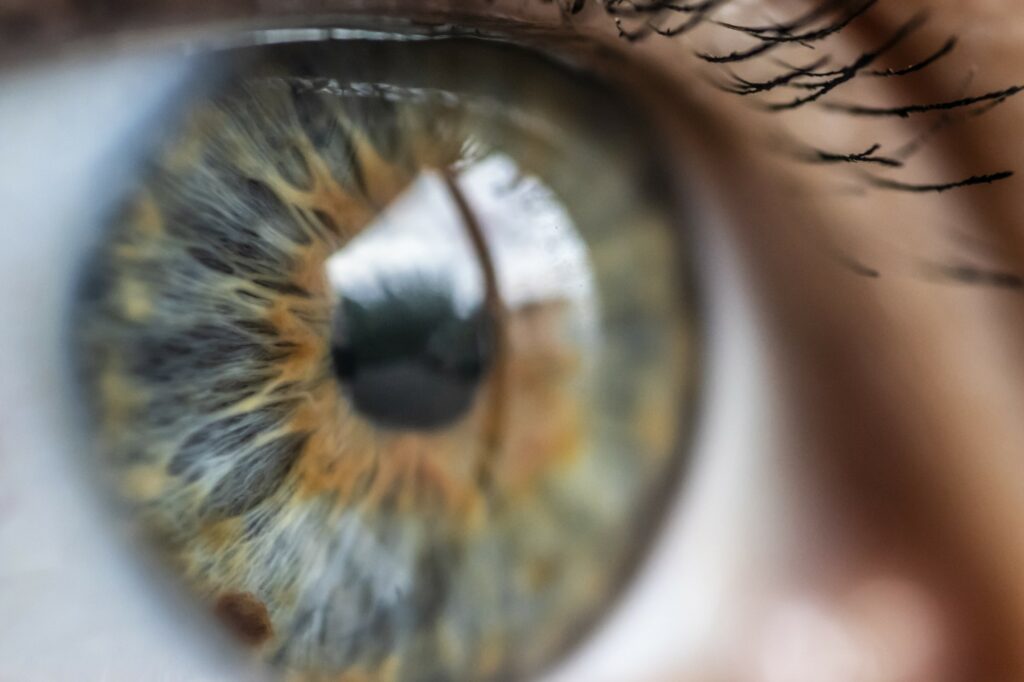
Learn about Keratoconus treatment and this rare eye condition. Your sight is one of the most important senses you have. Unfortunately, there are many different ailments that can affect your ability to see.
Some, like short-sightedness, are pretty common. Others, such as keratoconus, are a little rarer. Keratoconus is an eye condition that affects approximately one in 2,000 individuals.
If you’re suffering from keratoconus, then you should be aware that there are ways it can be treated. To learn more about this unusual condition and hear about some of the different keratoconus treatment options that might be available to you, read on now.
What Is Keratoconus?
Keratoconus is an eye disease that affects the shape of the cornea. Your cornea is your eye’s transparent outer layer. It serves the important purpose of protecting your eyes from dirt, bacteria, and other things that can cause damage.
Another thing your cornea does is it affects your vision. This is because when light enters your eye, it gets refracted by your cornea’s curved edge.
Because of this, changes to the shape of your cornea will lead to a loss of vision over time. This condition usually begins during puberty and progresses into a person’s mid-30s.
There are several different ways this condition can be diagnosed. A slit-lamp exam, measuring the thinnest parts of the cornea, and corneal topography are all common methods of keratoconus diagnosis.
Known Risk Factors
We don’t know what causes this condition. It’s believed that individuals have a predisposition for this disease that exists from birth. There are some factors that are believed to increase a person’s risk of developing this condition.
If you have a close relative that has keratoconus eye disease, then you might have a higher chance of getting it as well. Other factors include repeated eye inflammation and eye rubbing. Because it’s not known exactly what causes keratoconus, however, there’s no known way to prevent it from happening.
Keratoconus Treatment Options
The best way to treat this condition will depend on how advanced it is. In the early stages, wearing eyeglasses can be helpful. After the disease progresses, glasses usually become ineffectual.
This is when a patient might begin to wear special contact lenses. Throughout the various stages of the disease, these are one of the most effective keratoconus treatments.
Keratoconus contact lenses are often made of hard plastic. They can help to prevent the cornea from altering further and for patients to see better.
Other treatments include the application of a vitamin B solution. In the advanced stage, a complete corneal transplant might be necessary.
Helping Your Keratoconus Cornea
If you believe you might be suffering from this condition, look out for keratoconus signs such as poor night vision, eye irritation, and glare around bright lights. Once you get a positive diagnosis, you can look at your options for keratoconus treatment.
If you’d like an eye exam or to discuss the treatment options available to you, we’d be happy to help. Get in touch to schedule an appointment now.

